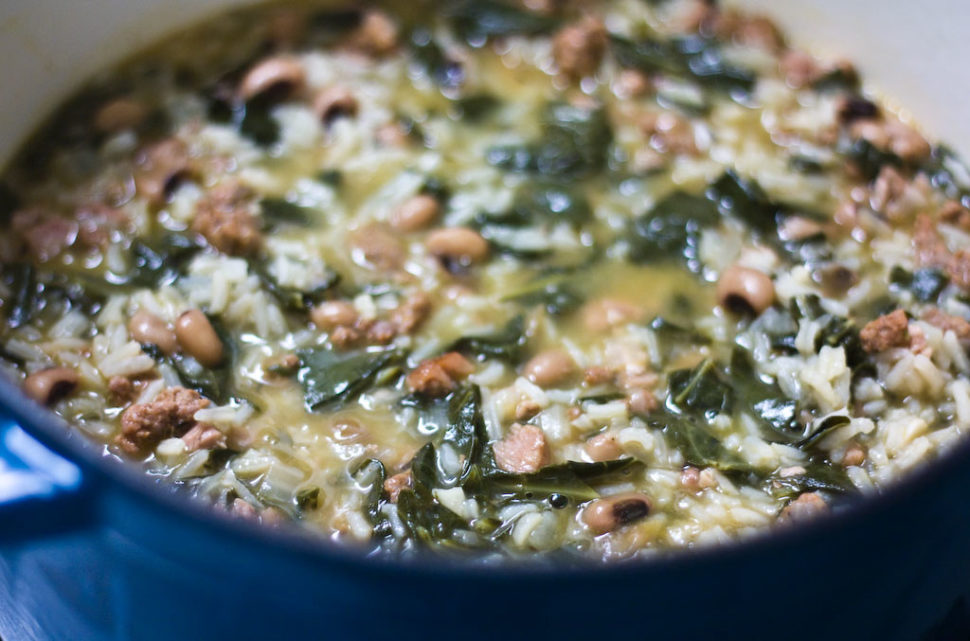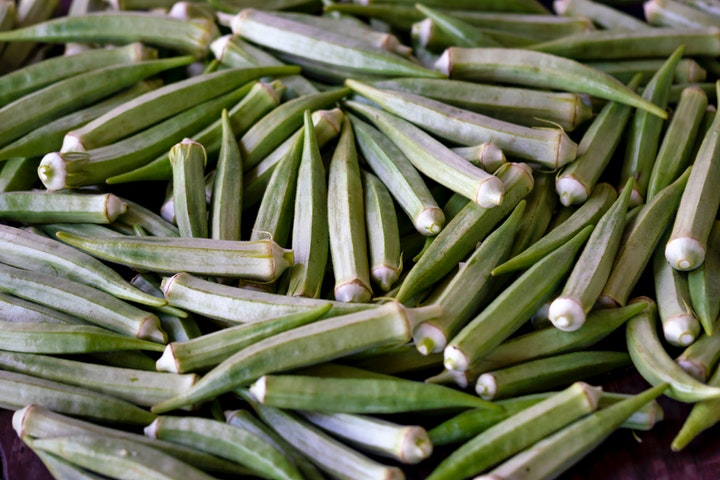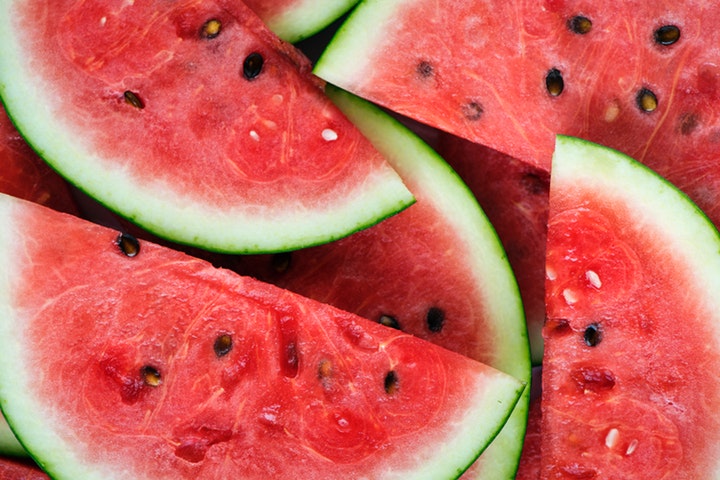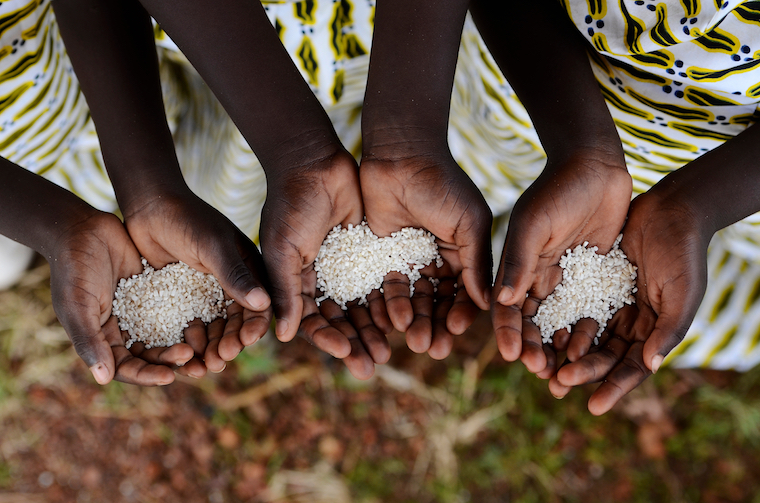Africa is often portrayed as a starving continent, which is ignoring the fact that centuries before colonizers began depleting the region of its resources, Africans had advanced food systems in place. When enslaved Africans were taken to the Americas, they brought their culinary wisdom with them, forever changing the way we cook and consume food.
While some might have snuck seeds and plants on slave ships as a way of retaining a trace of their cultures, the foods brought alongside enslaved Africans to the Americas were largely intended to feed them and increase their chances of surviving the treacherous Middle Passage. Slave owners also sent back for seeds of foods that enslaved Africans were used to eating as the unfamiliar foods in America were making them sick.
The successful cultivation of these foods not only contributed to the rapid growth of the American economy, but led to the creation of soul food, Creole cuisine, barbecue, and more.
Here are six foods that originated in Africa that remain popular today:

1. Rice
It’s likely that the first rice seeds used for farming were imported directly from the island of Madagascar in 1685. It’s believed that enslaved West Africans were responsible for providing the expertise needed to successfully cultivate it and by 1750, slave owners in the Carolinas were farming large quantities of rice similarly to how it had been grown in Africa.

2. Coffee
Most people associate coffee with Central and South America, but Ethiopia is actually the birthplace of the world’s principal coffee. The word coffee is thought to stem from the word “kaffa” which is a former province in southwestern Ethiopia. When Europeans arrived in the 16th century, Ethiopians already had an in-depth understanding of various ways to roast coffee beans, extract flavors, and brew coffee. Coffee house culture had a stronghold throughout East Africa, Yemen, and Saudi Arabia, causing Europeans to dismiss it as a Muslim trend.

3. Yams
Yams were the primary food for enslaved Africans aboard slave ships, with one slave merchant noting that “a ship that takes in 500 slaves, must provide above 100,000 yams.” After these ships docked on American shores, yams remained a popular food, with sweet potato pie and roasted yams becoming Southern staples.

4. Black-eyed peas
Black-eyed peas also provided sustenance on slave ships. According to some sources, black-eyed peas reached Florida around 1700, North Carolina by the 1730s, and became a common table food in Virginia after the American Revolution. The high-protein bean grows quickly and suppresses weeds, making them a popular food for livestock (hence the nickname “cowpeas”). Nowadays, black-eyed peas represent a key ingredient in “Hoppin John,” a Southern dish made on the New Year that is thought to bring good luck.

5. Okra
Okra originated in Ethiopia and is still cultivated in present-day Ethiopia as well as Eritrea and parts of Sudan and was used in a variety of ways. The seeds were often prepared as a coffee substitute and the leaves were used medicinally as a softening ingredient for poultices. The word “gumbo” actually derives from a West African word that means okra, which used to be one of the main ingredients in the Southern stew.

6. Watermelon
Food historians are mixed on the origins of watermelon, but some believe that it’s the ancestor of a bitter melon that spread from Sudan to Egypt during the second millennium. Ancient Egyptians cultivated the fruit and buried it in pharaohs’ tombs to provide hydration for their crossing into the afterlife. Watermelon came to America during the trans-Atlantic slave trade.





